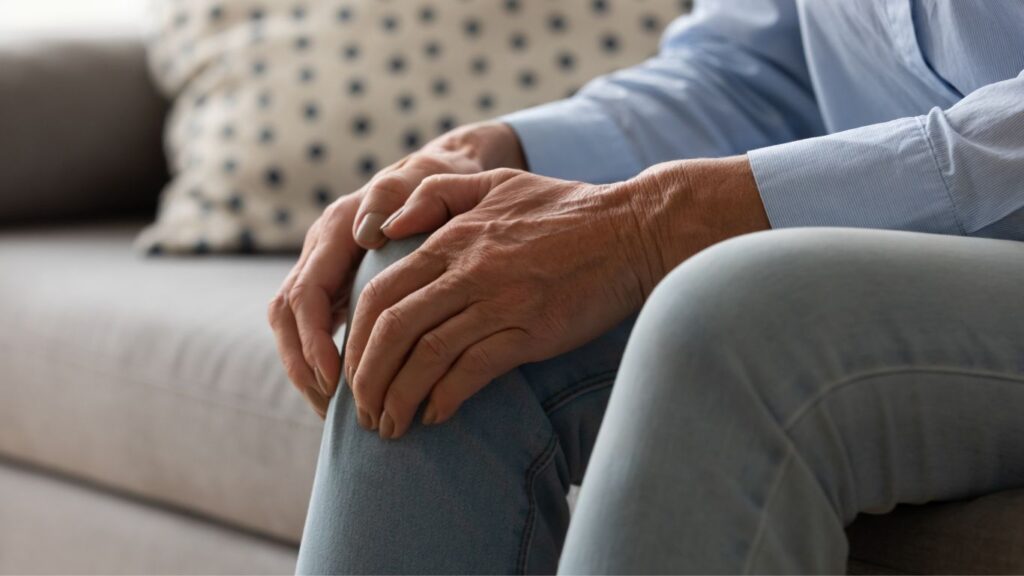An Achilles tendon rupture is a traumatic injury that occurs when the strong, fibrous band of tissue that connects the calf muscles to the heel bone stretches beyond its limit and rips apart. The Achilles tendon is a critical structure used in both walking and running; it controls movement of the ankle and heel while providing support while you move your foot. Signs of an Achilles tendon rupture range from sudden pain in the calf area to hearing a loud “pop” noise.

A rupture of the Achilles tendon can be a painful and debilitating injury that takes considerable time to heal, trying to minimize future damage by identifying the right approach for treatment is key. Current treatments are aimed at allowing maximal restoration of function with optimal healing—this includes ensuring optimum immobilization, as well as providing physical therapy such as ultrasound or shockwave therapy when needed.
Currently, conservative and operative treatments are available, yet there is still a need for more research to identify which option is optimal for each individual. Utilizing new technologies and refining existing procedures may enable us to provide good outcomes and reduce longer-term negative effects associated with Achilles tendon rupture. It is essential to continue investing in research and treatments for this condition in order to improve quality of life for those affected.
Stem cell therapy has proven to be a viable way to treat partial tears of the Achilles tendon, but more research is necessary in order to determine its efficacy in treating complete ruptures of the crucial tendon. Studies have already shown that stem cell injections can increase mechanical strength and tissue health, which all provide a potential benefit for those whose tendons have suffered due to injury or age.
With further research, it may become a reliable option for full-scale repair and enable patients to forego more invasive surgery and enjoy healthier, pain-free exercise regimes faster. As such, it is essential that there continues to be a focus on researching the potential benefits of stem cell therapy for Achilles tendon ruptures.
A study, Outcomes of acute Achilles tendon rupture repair with bone marrow aspirate concentrate augmentation, looked into the potential of stem cell therapy for patients who suffer from Achilles tendon ruptures.
Results of the Study
The researchers were interested in patient outcomes using bone marrow aspirate (BMC), which has a large concentration of stem cells. Patients who experienced an Achilles tendon rupture due to recreational sports-related activities were included in the study that had been collecting data from 2009 to 2011. A concentrated aspirate, producing 6 to 9 milliliters of BMAC, was injected directly into the repair site at various depths. This ensured there was distribution around the zone of healing.
At two weeks, six weeks, three months, six months and one year postoperatively, patients were assessed by measuring calf atrophy (measured 10 cm distal to the tibial tubercle), maximum dorsi- and plantarflexion and fatigue limit during single-limb heel raises (if applicable). The patient’s functional and activity status were measured with regards to time to walking, light activity (such as cycling or jogging) and return to sport through the validated Achilles Total Rupture Score (ATRS).
The researchers identified 27 patients with 28 tendons who received bone marrow aspirate in addition to their surgery. The mean age of patients at the time of surgery was 38.3± 9.6 years. Each patient achieved good or excellent outcomes post-surgery and were able to return to the activities they love within 5.9 months on average.
When measuring calf circumference, the researchers saw a difference between paired extremities of 0.5cm±1.3 cm for those who had undergone single Achilles tendon repair. The patients were out of their boots and crutches within 1.8 months and participated in light activities after 3.4 months without any difficulty in performing a heel raise test at the end of this study period. 92 % of the patients returned successfully to their sport with an average ATRS score of 91 points out of 100.
The study revealed excellent functional outcomes and a high rate of return to sport after open Achilles tendon repairs augmented with BMAC injection. Such treatment is not currently standard practice, but the study demonstrates the feasibility of this novel technique. There were no major adverse events or outcomes related to either the procedure or the BMAC injection, such as observed in successful functional outcomes in terms of rehabilitation progression, return to sport and performance of single-limb heel raise.
These results support overall good clinical outcomes, making this study one of the first to demonstrate such results using BMAC and in the testing of a standardized regimen for its creation and use. More research is needed before it can become a standard treatment.

